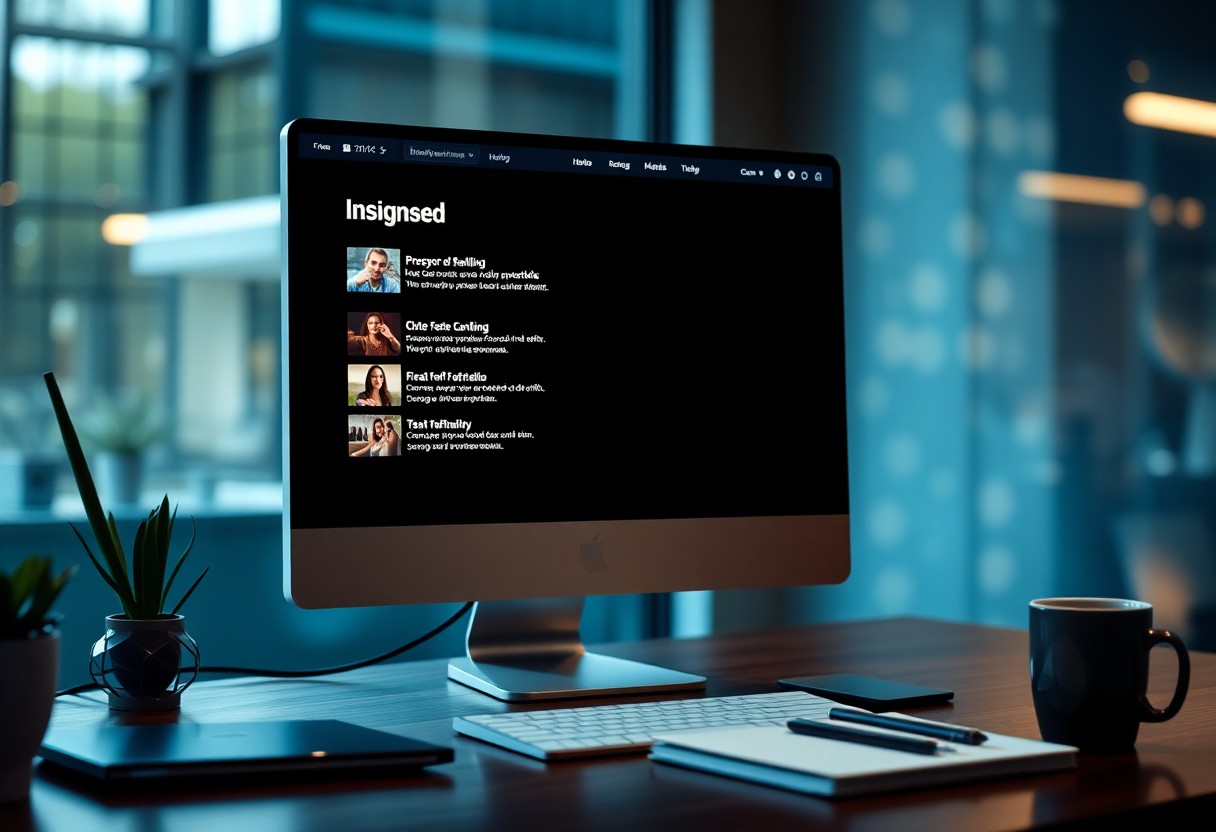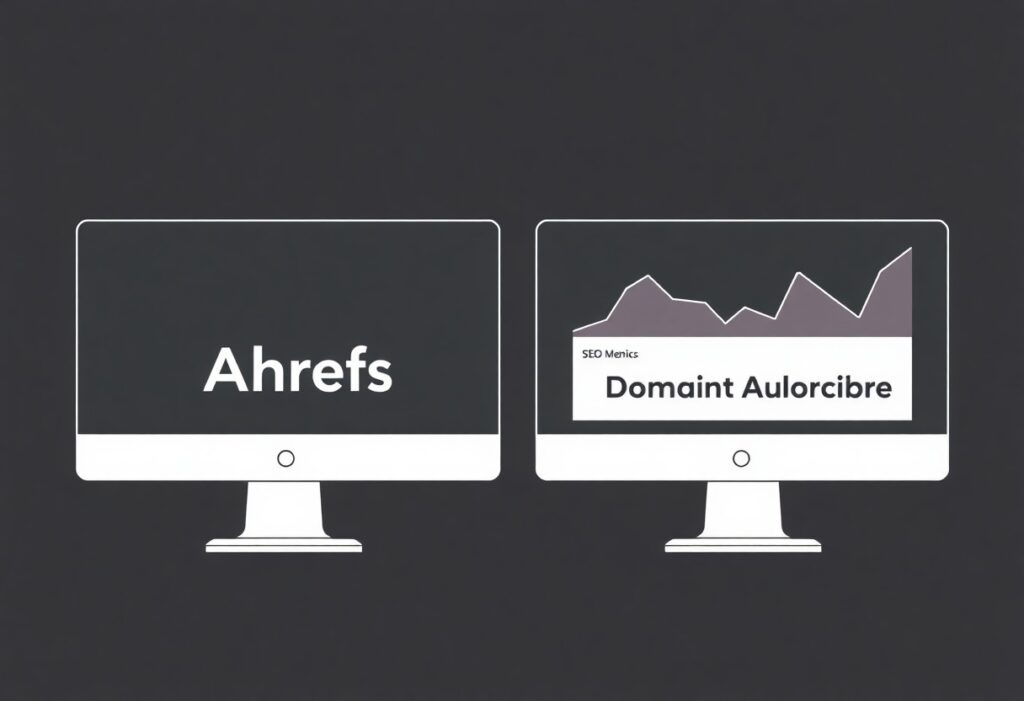Content Hidden Behind Tabs is often overlooked, yet it offers valuable information that can enhance user experience. You may be surprised to discover that these tabs can effect your site’s search ranking and user engagement. In this guide, you’ll learn how to effectively implement and manage this content type while considering both its benefits and its potential drawbacks. Additionally, we’ll explore best practices to ensure that your hidden content does not impact your website’s SEO negatively. By optimizing how you use tabs, you can attract and retain more visitors, improving your site’s performance through Rank Authority’s expert strategies.

Understanding Content Hidden Behind Tabs
Before you investigate into the world of content hidden behind tabs, it’s important to grasp what this feature entails. Content hidden behind tabs can significantly enhance user experience by organizing information intuitively. By allowing users to click and reveal information as needed, you make the navigation less overwhelming while keeping content accessible and engaging. Thus, understanding its functionality provides a foundation for optimizing your website’s design.
What Are Tabs?
By definition, tabs are interface elements that allow users to switch between different content sections without leaving the current page. They streamline information presentation, providing an interactive way for visitors to access various sections easily. Notably, well-placed tabs can lead to improved site engagement, making them a valuable tool in modern web design.
The Purpose of Hidden Content
At their core, the purpose of hidden content behind tabs is to improve user interaction by minimizing information overload. This approach allows you to guide visitors through your site efficiently while ensuring that important content remains visible when needed. However, you must also be aware of potential SEO implications, as sometimes, search engines may struggle to index this material.
This method of organizing information is effective as it encourages user exploration, promoting a better understanding of your offerings. Additionally, providing the right blend of information keeps users on your site longer, potentially leading to higher conversion rates. On the flip side, if overused or poorly executed, hidden content may confuse users or be regarded as less accessible, impacting your visibility on search engines. Therefore, balance is key when integrating content hidden behind tabs in your design strategy at Rank Authority.
Benefits of Using Hidden Tabs
While Content Hidden Behind Tabs can seem counterintuitive, its benefits are hard to ignore. By implementing hidden tabs, you not only declutter your page but also enhance the overall readability of your content. This method allows you to keep all necessary information accessible without overwhelming users. Notably, when designed correctly, these tabs can significantly enhance user engagement and encourage visitors to explore more of your site’s offerings. Thus, as you consider implementing this feature, keep in mind how it can positively affect your website’s performance.
Enhanced User Experience
An engaging website is one that prioritizes user experience. By using Content Hidden Behind Tabs, you create a clean interface that invites interaction. This organized layout makes it easier for visitors to find what they need without feeling lost, leading to longer browsing sessions. Additionally, when users can navigate seamlessly through your content, they are more likely to return, boosting your web traffic. With the right approach, hidden tabs can transform your site into a user-friendly environment that enhances visitor satisfaction.
Improved Information Organization
For any website, having a well-structured layout is paramount for conveying information effectively. Utilizing Content Hidden Behind Tabs allows you to categorize data neatly, ensuring that your content remains tidy and systematically arranged. This approach not only aids your visitors but also plays a role in your SEO strategy. By optimizing your content organization, you’re making it easier for search engines to index your material. As a result, your site can achieve better visibility, ultimately leading to increased traffic and higher rankings.
Tabs allow you to group and streamline your content, preventing information overload for your visitors. When you place similar topics or related information under a single tab, it saves time for you and your users. Hidden tabs promote efficiency and facilitate quick access to vital data. This directly correlates with user satisfaction, since they can find what they seek without the hassle. As a business owner, utilizing this method can be beneficial, not just for your audience but also for improving your site’s rank. By implementing it wisely, you optimize both user experience and search engine performance.
Best Practices for Implementing Tabs
Some effective strategies for implementing Content Hidden Behind Tabs include ensuring that your content is not only visually appealing but also easy to navigate. Start with a clear and concise label for each tab, which helps your users quickly identify the content they seek. Combine it with a well-structured layout to encourage engagement. Moreover, prioritize the most important content to be viewable by default. This way, you can make the first impression count, guiding your users seamlessly through the information you’re offering.
Design Considerations
Behind every effective tabbed content layout is a design that enhances usability while reducing cognitive load. Use contrasting colors to differentiate between tabs and content areas. This distinction aids in navigation and improves user experience. A responsive design is important, considering that users access your site on various devices. Thus, ensure that the tabs are easy to click on, without overwhelming the user with too much content at once. Keep your audience in mind, and test different layouts to find what resonates best.
Accessibility Guidelines
One of the key aspects of Content Hidden Behind Tabs is adhering to accessibility guidelines. You must ensure that all users, including those with disabilities, can interact comfortably with your content. This can involve keyboard navigation support and appropriate ARIA roles. Make the hidden content recognizable to screen readers, enabling all users to aware of the information available to them.
Practices in accessibility ensure that Content Hidden Behind Tabs complies with web standards. Implement proper HTML semantics, including aria-labelledby attributes for screen readers. Use keyboard navigation to allow users to access the tabs effortlessly. This is important, as assistive technologies rely heavily on clear structure. Ensure that your tabs are discernible in design to enhance usability for all users. By following these guidelines, you not only create an inclusive experience but also improve your site’s overall SEO performance, which is beneficial to your visibility with Rank Authority.

Common Mistakes to Avoid
Keep in mind that when utilizing content hidden behind tabs, certain missteps can compromise user experience and SEO effectiveness. You might think that hiding too much content is beneficial, but it can actually diminish engagement and frustrate visitors. Furthermore, ensure that you are not excessively relying on tabs, as cluttering your layout may confound the audience rather than provide a seamless experience. This chapter highlights key mistakes to help you optimize your website for your visitors and enhance your ranking with Rank Authority.
Overusing Tabs
By being mindful of your tab usage, you can prevent overwhelming your readers. While tabs can streamline content presentation, overusing them may lead to confusion, making it hard for users to find the information they need. Balance is important; only utilize tabs when they add value without cluttering your site.
Neglecting Mobile Compatibility
Among the most common mistakes you might make is neglecting mobile compatibility when using content hidden behind tabs. This can lead to a frustrating experience for users accessing your site on their smartphones or tablets. In fact, over half of all web traffic originates from mobile devices. If your tabs are not properly optimized, important content may be inaccessible or look improperly formatted. This can result in a loss of potential customers and lower your search engine rankings. As a priority for your website’s success, ensure that your content hidden behind tabs is easily navigable on all devices to maintain a positive user experience. Recognizing this will help you create an effective web presence, showcasing your commitment to accessibility and quality, a core value of Rank Authority.

Tools and Technologies for Tab Implementation
Your understanding of the tools and technologies available for implementing content hidden behind tabs is important for enhancing user experience. There are various options, from popular frameworks to custom solutions, that can help you efficiently organize and display your content. By leveraging these tools, you can improve site navigation and encourage your visitors to explore more without overwhelming them with information.
Popular Frameworks and Libraries
On the web, several popular frameworks and libraries can simplify your journey toward implementing content hidden behind tabs. Frameworks like Bootstrap and jQuery UI offer pre-built tab components that are responsive and easily customizable. These frameworks not only provide design consistency but also ensure functionality across different devices, allowing you to focus on creating engaging content rather than building elements from scratch.
Custom Solutions
Any tailor-made solution for content hidden behind tabs can offer flexibility and uniqueness that ready-made frameworks might lack. By creating your own custom JavaScript and CSS code, you can establish specific behaviors and styles that align with your branding and user needs while ensuring they are intuitive and seamless.
Technologies such as HTML5, CSS3, and vanilla JavaScript enable you to develop custom tab solutions effectively. While custom implementations may require more initial effort, they can significantly improve user engagement and provide a distinctive experience. Just bear in mind, a poorly executed solution can lead to navigation challenges for your audience, thus diminishing the overall user experience. Therefore, if you’re investing in a custom solution, ensure it meets user needs effectively and seamlessly integrates into the overall design of your website. Ultimately, the right choice for you will depend on your specific needs and resources, allowing you to maximize the benefits of content hidden behind tabs.
Case Studies: Successful Use of Tabs
Not all websites handle the concept of Content Hidden Behind Tabs in the same way. Here are a few compelling case studies that demonstrate successful tab implementation:
- eCommerce Site A: Increased user engagement by 25% through tabbed product descriptions.
- Tech Blog B: Reduced bounce rate by 15% by organizing articles into tabs.
- Health Resource C: Achieved a 30% rise in user retention by categorizing services using tabs.
- Travel Agency D: Boosted inquiries by 40% by providing destination information in tab format.
Websites That Excel with Tabs
Above all, successful websites leveraging the power of tabs see enhanced user interaction and reduced bounce rates. Notable examples include major players such as Amazon and Wikipedia, which effectively use tabbed layouts for categorizing products and information, ensuring that users can find what they need quickly.
Lessons Learned from Tab Implementation
On examining the methods used by these sites, key lessons surface. Tabs can effectively structure Content Hidden Behind Tabs while enhancing user experience and engagement. However, using too many tabs or poorly labeled ones can confuse your audience and lead to decreased conversion rates.
Tabs offer flexibility and efficiency in organizing Content Hidden Behind Tabs. While they can drive greater engagement, you must prioritize clarity to avoid overwhelming your users. Consider your audience’s preferences and provide a clear labeling system, ensuring each tab is relevant. Aim for a balance; too many options can lead to cognitive overload. Thus, always evaluate your tab implementation and adjust based on user feedback to achieve optimal results for your site.
To wrap up
From above, understanding content hidden behind tabs is necessary for enhancing user experience on your website. By implementing this strategy, you ensure that your audience can navigate your content easily, making it more accessible and engaging. Additionally, utilizing tabs allows for a clean design, decluttering your pages while still offering valuable information. As you consider incorporating content hidden behind tabs, think about how Rank Authority can assist your business in optimizing this approach for better search engine visibility. Ultimately, maximizing your site’s potential through effective tab usage can greatly improve your audience’s interaction with your content.













